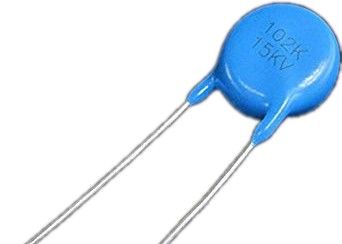coulomb
Well-known member
Beware! In one I dealt with recently, it was a 1 μF part with different spacing. But this mains filter was internal, not in a separate box on top, so it may be different.ctromley said:That bulging capacitor seems to be identical to C106, the 2.2 μF cap next to the 4.7 Ω ceramic resistors on the bottom board.
I would love to know. My guess is heat. Possibly caused by the relay failing (either pitted contacts, these tiny relays run at very close to 100% of rated current most of the time), or due to a lack of coil drive, possibly due to failing connecting ribbon. That would put some kilowatts of power through the pre-charge resistors until the fuse blew. I have no idea how long it takes for the thermal fuse to let go; it seems unlikely that this would be long enough to affect the dog house on top of the inverter case, even with the case at 60-80°C already.My question is, why is this happening? On the bottom board it would be reasonable to assume the cap is not an issue itself, it only failed because it was next to a ceramic resistor that ran too hot and too long. I don't see that happening for the one in the external doghouse.
Too much heat both cases? Is there any real heat to speak of being generated in the external doghouse, or is it just because it's on top of the too-hot OBC?
I note that the Leaf version of these OBCs sensibly uses regular wires and connectors that you can see and solder instead of that evil flexible ribbon. It just seems like the wrong thing to use in an automotive application. Or at least use less fine tracks; surely they could have gotten it down to about 20 connections at about 3 mm spacing.
So... dunno.
























